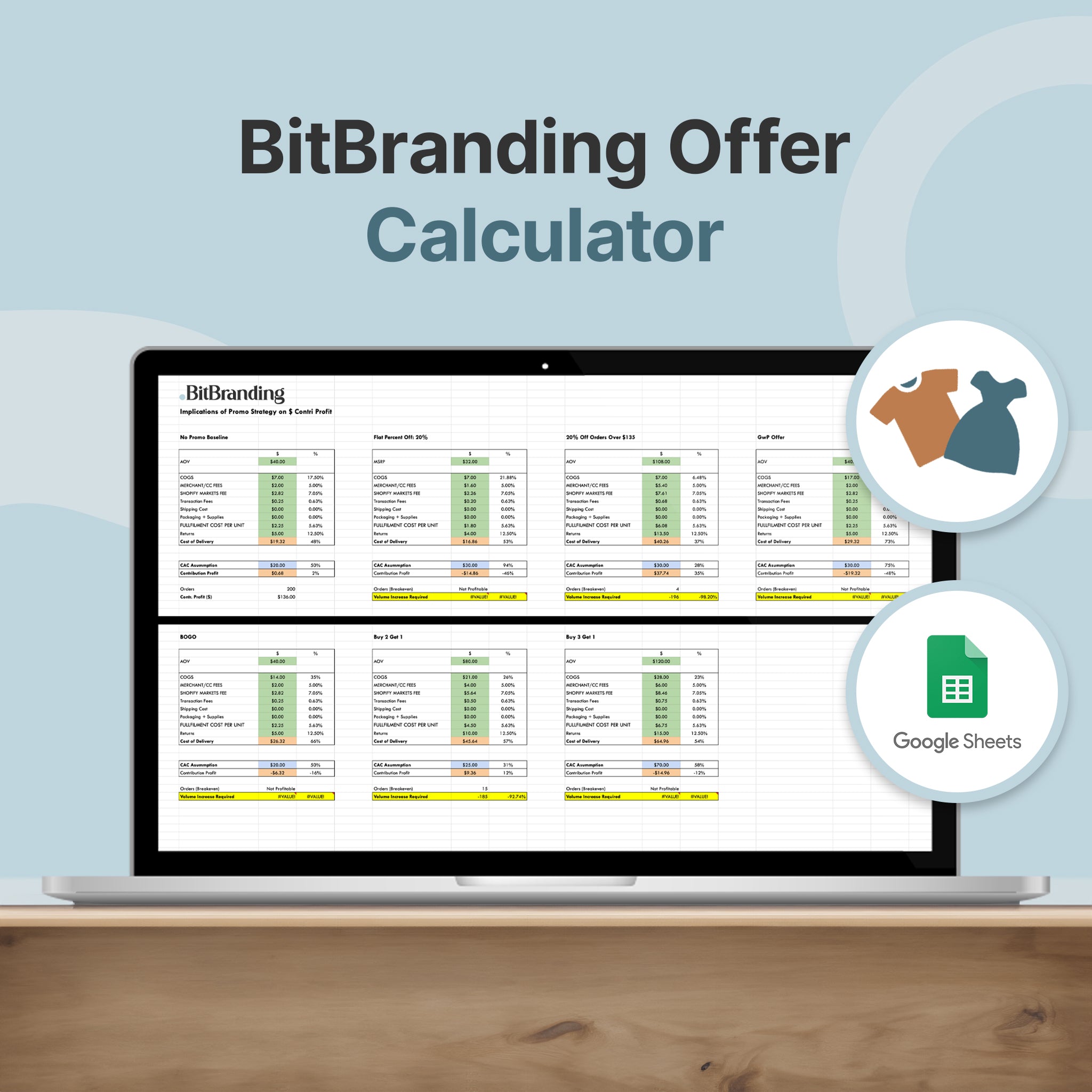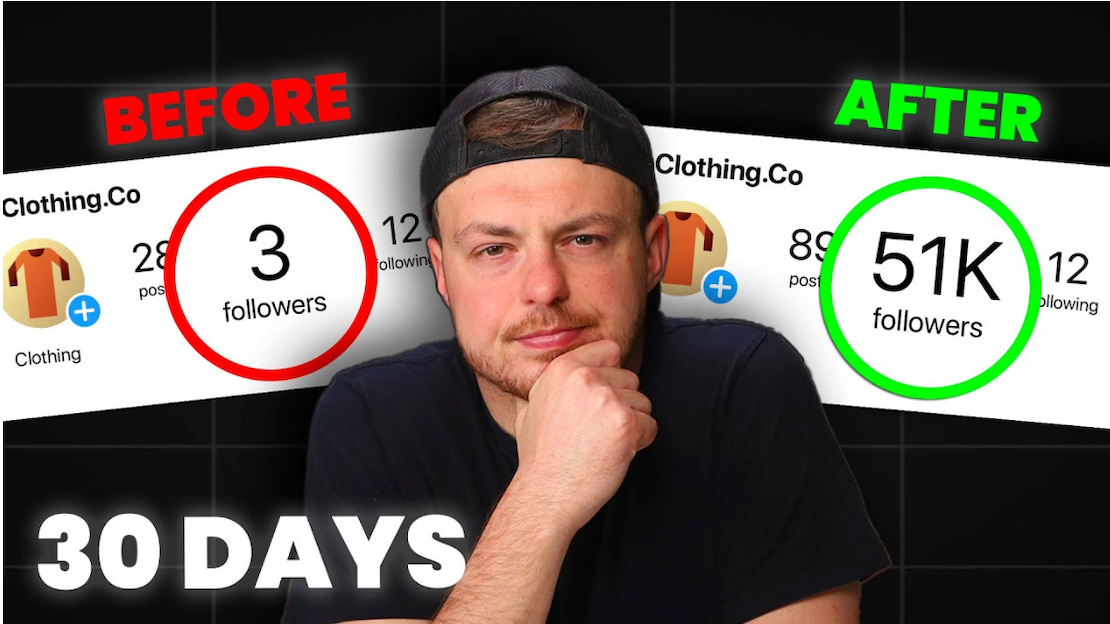Today we are going to be importing a product’s CSV file onto Shopify. Now, before you go, according to my data over here, my analytics, 99% of you have not subscribed to our YouTube Channel. So if you find any of these tutorials helpful, you’ll want to subscribe because we are putting out tons of tutorials and you’ll definitely find them helpful, so make sure that you subscribe.

Ok, first off, make sure you are signed into your Shopify account. You will then want to go to products on the left hand side.

When you click that, you will see that you have the option to Export and Import and More actions. What we are going to do today is Import.

This is important if you have a big product list and/or if you’re switching platforms and you want to go into Shopify because you can download your product list already and then import it in here. Now, Shopify has a very particular way of uploading products so you have to make sure to match it exactly as how they want you to.
Creating Product CSV List
So in your products, again you will want to click on Import.

In the box that pops up, you will see that you can Download a sample CSV template. Click on that. This will open a new tab with a lot of information.


One of the first things you will see is that you can download and view a sample product CSV file and use it as a template. You will want to save that and then open it up.This will be the template version of what you want to do.

You want to make sure to keep all of the titles that appear on the top, even if you aren’t using them, because if you delete any columns, Shopify won’t recognize that CSV file.

In order to understand all these headings a little bit better, you can go back to the tab that opened with all the CSV information. If you scroll down a little bit, you’ll see Product CSV file format and underneath that, it will walk you through each of the titles and give you descriptions on what exactly you need to put in there. Obviously the template will give you an idea of what you need to put, but this page will actually give you a better understanding of what exactly you need to put in those fields.



Considerations When Making Your CSV File
Now, here are some things to take into consideration here when you’re uploading your product CSV file. First, we do 100% recommend that you do it on Google Sheets. We have a little product list over here. So this is another example. The reason we recommend Google Sheets is because you can collaborate with other people and you can share that with whomever you like, for example your web developer or other people on your team who you might be working on this with.

What we’ve done with our example product list, as you can see on the bottom, we’ve made different categories of products and then inside each tab we have a bunch of different products pertaining to that category.

The number one things that you need to make sure you do before you’re planning this CSV file product list is to figure out your categorization of products. Right off the bat you need to make sure that you know how you want to categorize your products on your store. For example, iff it’s ladies apparel, inside of that you would have tops, pants, skirts, etc. You need to make sure that you organize yourself and products before anything else. An easy way to do that is to use a Word document to just list out those categories and subcategories so that you can see if visually.
The reason this is important is because when you go to make the product CSV that you are creating, using the Shopify template, there is a column for Type. You will need to make sure that you match it exactly as to where you’re going to have it in the store. The same thing goes for the Tags column, you want to make sure that they match exactly as you want them in the store because when you’re setting up these categories inside of Shopify, you want to make sure that these match exactly word for word.


Even things like using plurals, like Tops instead of Top, make sure to take those into consideration as well.

Now, something to also consider is the Handle. The handle identifies the product. You will see that for your product, there may be several rows with the same handle. You only need to put a majority of the information in the first line, but the reason for multiple rows is for any variants. For this example, you will see that Option1 is size, so the additional rows are for the different sizes, and the only thing we’re changing is the option.



Something else to take into consideration is the SKU numbers. The SKU numbers are very important that you have some sort of format or template that you’re following so that people who are uploading products in the future can know exactly what to do and how to format those SKU numbers. People like to include different things for their SKU numbers. For this example, we have some information about the vendor, we have some information about the actual color of the product and we have some information about the size of the product. All those things are important for your employees and people uploading products onto the website.

Adding Images To Your Products
If you continue to scroll to the right, another big thing is the images.

Now, this might be something that could be a little bit cumbersome, so you have two options. First, you can go back to your Shopify store and go to your Settings in the bottom left hand corner.

In your settings, towards the bottom of the middle column, you will see files. Click on that.

You can then upload all of your images right here by clicking the purple/blue button in the upper right corner.

Then to get them into your CSV template, all you would need to do is copy the URL after you upload an image, go back to your product list and paste that URL in the correct row of the product.

Now, something that is kinda tricky. If you want to add multiple images to that same product, you have to do an additional line. So remember how we did an additional line based off of variants? You would also have to do an additional line for the pictures. To add that line, on the far left of the page, where the line numbers are, you would right click on the row that you want to add one under. From the menu that pops up, you would click Insert 1 below.


Again, you want to make sure that it matches the handle so that Shopify knows that this additional image is for that product. You can leave everything else the same and then put the same SKU number in the field and then put the URL for the second image column.

In the next column, Image Position, you would put a 2 or 3, or whatever number you need based on how many images you have.

This is very important if you want multiple photos as this is something that is hard to find documentation on how to add multiple photos.
Your second option with adding images is that you don’t put anything under Image Source or Image Position. Then after you’ve uploaded all of your products, you would go in on a product by product basis and start adding and uploading images.
There is really no better choice, they’re both very time consuming, but that’s just part of bulk uploading all of these products.
Again, we highly highly recommend that you go through that page that Shopify opened that has the breakdown of what each title and description means so that you have a better understanding. If you have any questions about any of these, you can head over to the video for this topic right here and leave a comment and we can help you out.


Uploading CSV File
Once you create your product CSV list in Google Sheets, you’ll want to make sure to save it in the correct format. To do that you will go to File at the top, then Download.


Inside of Download there are several options to choose from, you will want to make sure to pick the Comma Separated Values (.csv, current sheet). That will then create the CSV file that you need.

Next you’ll go back to your Shopify store and click on Products on the left hand side.

You will click on Import at the top and then in the screen that pops up, you will add the file.


Once you choose your file, you will see another window pop up. In the window, towards the bottom, you will see something about overwriting any current products. This is for if you already have some products in there and you want them to be overwritten with what's in the file. If that’s the case, you’ll want to make sure that box is checked. If not, then you can leave it unchecked.

You will then click upload and continue in the bottom right corner.

The window that you see next will give you a little example to make sure it’s matching column by column and that they have the right information. For our example, we just have 1 product with 2 images and we don’t have it overwriting anything. So it will give you a little summary of how that will look. Now, if for any reason you have any errors or there is something wrong with the CSV file, it will tell you right here on this pop up.

All you have to do next is hit Import Products in the bottom right corner.

It will take a few moments to load, but it happens fairly quickly to get things uploaded into your store, but that’s how you do it. That’s how you upload, or import, a product CSV file for Shopify.


As you can see on our example product, we had 2 different images that got uploaded and we only had one size so we didn’t have any variants for that.


Again, the Import is a super super valuable resource and it makes things just a little bit easier.
If you would like to watch our How To video on this subject, you can watch it here. If you have any additional questions regarding importing CSV products, please leave a comment on the video. And if you are wanting to be super hands off with your Shopify building experience and going through this process, then you can definitely go to our website and send us a message and we’ll be more than happy to help walk you through the process of building a website or we can completely do it for you.

If you have an idea for a tutorial that you would like to see in the future, make sure to leave that comment on the video page as well.
Also, make sure to like the video as well as like and subscribe to our YouTube Channel and hit the bell so that you don't miss out on any of the content we put out every single week.
Are you interested in learning more about Shopify and how to use it in your business to generate more leads and sales on auto-pilot? Apply for our Leads Accelerator right here.











Share:
How To Post Instagram Stories From Your Computer
Instagram Trends: Marketing Tips to Grow Your Customer Base